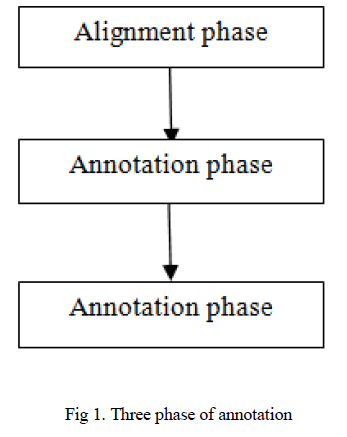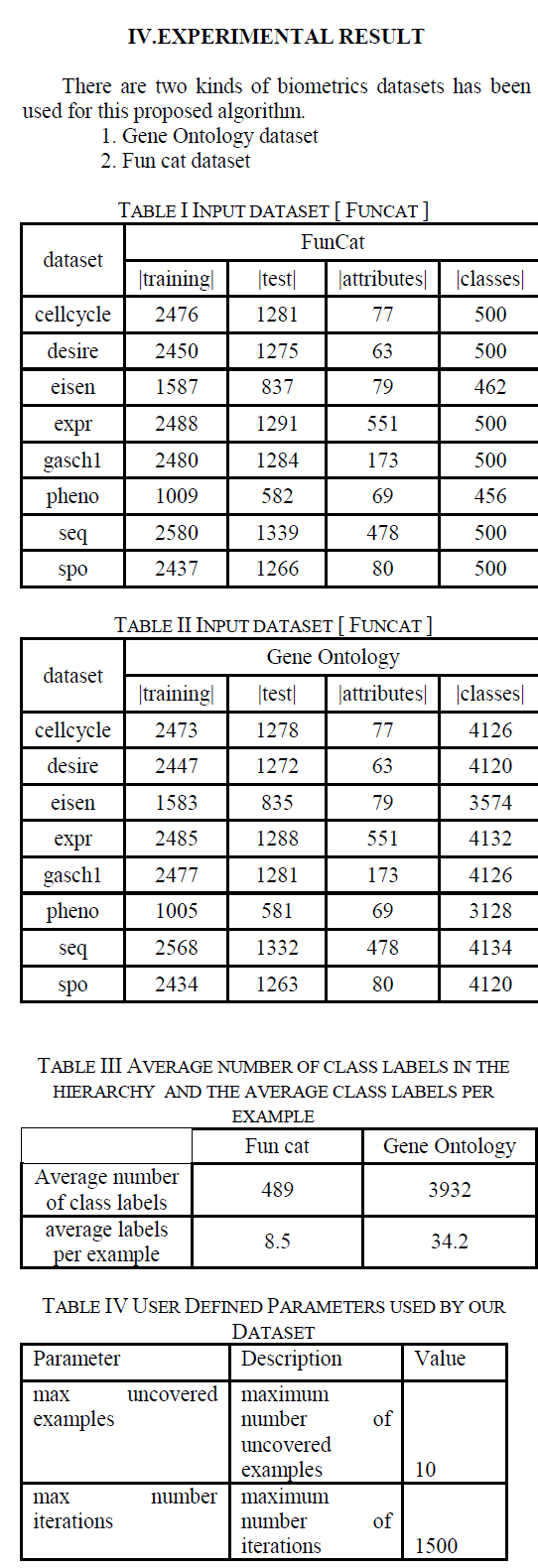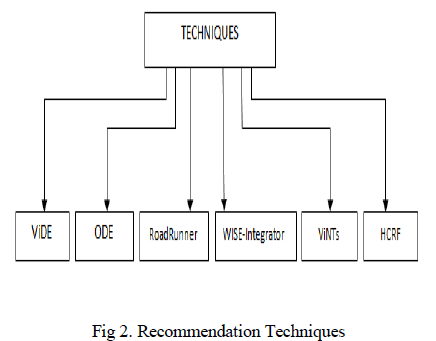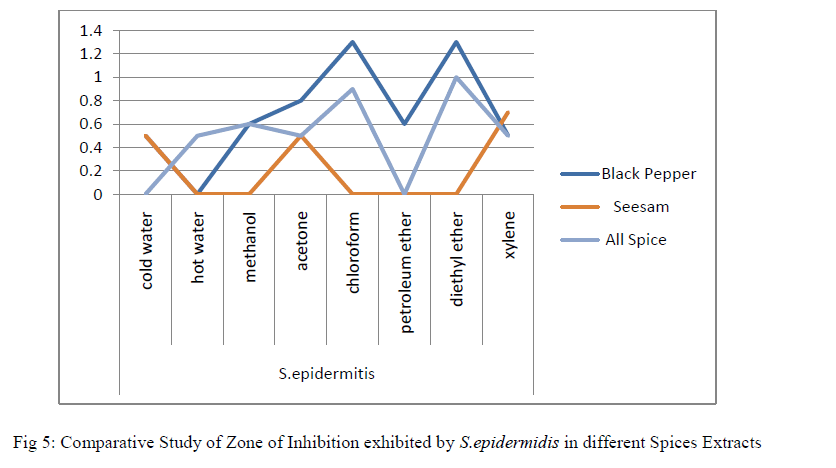ISSN ONLINE(2319-8753)PRINT(2347-6710)
ISSN ONLINE(2319-8753)PRINT(2347-6710)
| Shreya Mittra1, Abha Singh2, Dheerendra Kumar3, Sujeet Kr. Singh4 1Student, Department of Microbiology, SHIATS, Allahabad, India 2 Student, Department of Biotechnology, SHIATS, Allahabad, India 3Assistant Professor, B.N. College of Engineering & Technology, Lucknow, India 4Head, Division of Microbiology, CytoGene Research & Development, Lucknow, India |
| Related article at Pubmed, Scholar Google |
Visit for more related articles at International Journal of Innovative Research in Science, Engineering and Technology
In order to study the antimicrobial activity of Cold Water, Hot Water, Methanol, Acetone, Chloroform, Diethyl ether, Xylene and Petroleum ether extract of three Indian spices such as Piper nigrum L., was tested against infectious disease causing bacterial pathogens Staphylococcus aureus and Staphylococcus epidermidis using the Agar Well diffusion method. It was observed that hot water, cold water, Methanol, Acetone, Chloroform, xylene, Diethyl ether and Petroleum ether showed activity against both Bacteria. The extract of Pimenta dioicas in different solvents showed maximum activity against Staphylococcus aureus. The results confirmed presence of antibacterial activity in the selected Indian spices against the human pathogenic organisms.
Keywords |
| Antibiotic Profiling, Well diffusion method, Sub-culture, Inhibition Zone |
INTRODUCTION |
| Spices are used as substances that increase the taste and variation of food [1]. In the Turkish Food Codex [2], a spice is defined as a natural compound, or a mixture of natural compounds that is extracted from the seeds, fruits, flowers, or trunks (skins, roots, leaves) of several plants, and added to food in order to provide color, taste, smell, or flavor. Furthermore, some spices are reported to have bactericidal or bacteriostatic activities. The inhibitory effects of spices are mostly due to the volatile oils present in their composition [3]. |
| Naturally occurring compounds in spices such as, sulphur compounds, terpenes and terpene derivatives, phenols, esters, aldehydes, alcohols and glycosides have shown antimicrobial functions [4]. The main factors that determine the antimicrobial activity are the type and composition of the spice, amount used, type of microorganism, composition of the food, pH value, temperature of the environment, and proteins, lipids, salts, and phenolic substances present in the food environment [5]. Spices have been used for many centuries by various cultures to enhance flavour and aroma of our foods as our ancestors have recognized the usage of spices in food preservation and in treatment of clinical ailments and there are several reports on development of antibiotic resistance in diverse bacterial pathogens [6]. At present it has been estimated that about 80% of the world population rely on botanical preparations as medicine to meet the needs as they are considered safe and provided to be effective against certain ailments [7]. The spices have a unique aroma and flavour which are derived from compounds known as phytochemicals or secondary metabolites [8]. The phytochemicals are antimicrobial substances present in the spices which are capable of attracting benefits and repel harmful organisms; they also serve as photoprotectants and responds to environmental changes [9]. Numerous classes of phytochemicals including the isoflavones, anthocyanins and flavonoids are found associated with the spices [10]. Since the introduction of antibiotics there has been tremendous increase in the resistance of diverse bacterial pathogens [6,11]. This shift in susceptibility greatly affects our ability to successfully treat patients empirically. Plant derived products have been used for medicinal purposes for centuries. At present, it is estimated that about 80% of the world population rely on botanical preparations as medicines to meet their health needs. Herbs and spices are generally considered safe and proved to be effective against certain ailments [7]. They are also extensively used, particularly, in many Asian, African and other countries. In recent years, in view of their beneficial effects, use of spices/herbs has been gradually increasing in developed countries also. |
II. MATERIALS AND METHOD |
| A. Sample collection: Some ten different common Indian spices, collected from the local markets are used. These spices are Piper nigrum (Piper nigrum L.), Sesamum indicum, Pimenta dioica. The microbial species used were isolated from different sources. These microorganisms are S.aureus, S.epidermidis. B. Test organisms: Bacterial species isolated from different sources were cultured in media (nutrient agar for bacteria). Mannitol agar was used for differentiating between S.aureus and S.epidermidis. Further the species were confirmed using various biochemical tests such as Catalase test, Citrate Utilization test, Voges Proskauer test, Methyl Red test and Urease test. |
| C. Preparation of culture broth: After confirmation of each species through the biochemical tests we have prepared broth culture of these micro organisms. Nutrient broth was prepared for subculturing of each species. The colonies were picked from the culture plates and inoculated into the broth. The broth was kept at 37âÃÂð C for 24 hours for obtaining growth. |
| D. Preparation of extracts: Extracts of three commonly used spices in Indian kitchen (Sesamum indicum, Piper nigrum and Pimenta dioica) were prepared using different solvents like hot water, cold water, methanol, acetone, petroleum ether, diethyl ether, xylene, chloroform. The spices were crushed and ground into fine powder using a mixer grinder. Powdered spice was soaked in appropriate amount of solvent. This solution was kept in dark for 3-4 days for obtaining crude extract of the spices. The extracts were filtered using filter paper and kept in air tight containers for further use. |
| D. Antimicrobial sensitivity test using agar diffusion method: Nutrient agar plates were prepared for performing antibiotic test via agar well diffusion method. Well were made using a well cutter in the agar plates for loading the extract samples. There after spreading of microbial culture was done. After spreading of the microbial culture uniformly onto the agar plates the sample extracts were poured into each well with the help of a micro pipette. The central well is kept for loading of a readymade antibiotic as a control. These plates were kept for incubation at 37âÃÂðC for 24 hours. Plates were observed for checking zone of inhibition has developed in the plates or not. |
III RESULTS |
 |
| The results obtained from antimicrobial activity test of pepper, Sesamum indicum and Pimenta dioica were presented in Table 1. Pimenta dioica exhibits maximum antimicrobial activity against s.aureus. It has been found that pepper exhibited moderate antimicrobial activity against both the microbes while Sesamum indicum showed negligible antimicrobial activity against s.epidermidis in most of the solvents used for extraction preparation. |
 |
 |
 |
IV CONCLUSION |
| Pimenta dioica and Piper nigrum were found to possess important antimicrobial activity against the test strains used. The use of spices taken in this experiment and their volatile compounds can be used as natural preservatives in food products and it may be an alternative to the use of chemical additives. The results of the present study are quite useful as most of the spice extracts prepared in different solvents exhibited antimicrobial activity against the test pathogens, however the antimicrobial activity varies extensively, depending on the type of spices, solvent used and the microorganism. This study opens up the prospect for exploring new antimicrobials as an alternative to the conventional antibiotics. |
References |
|